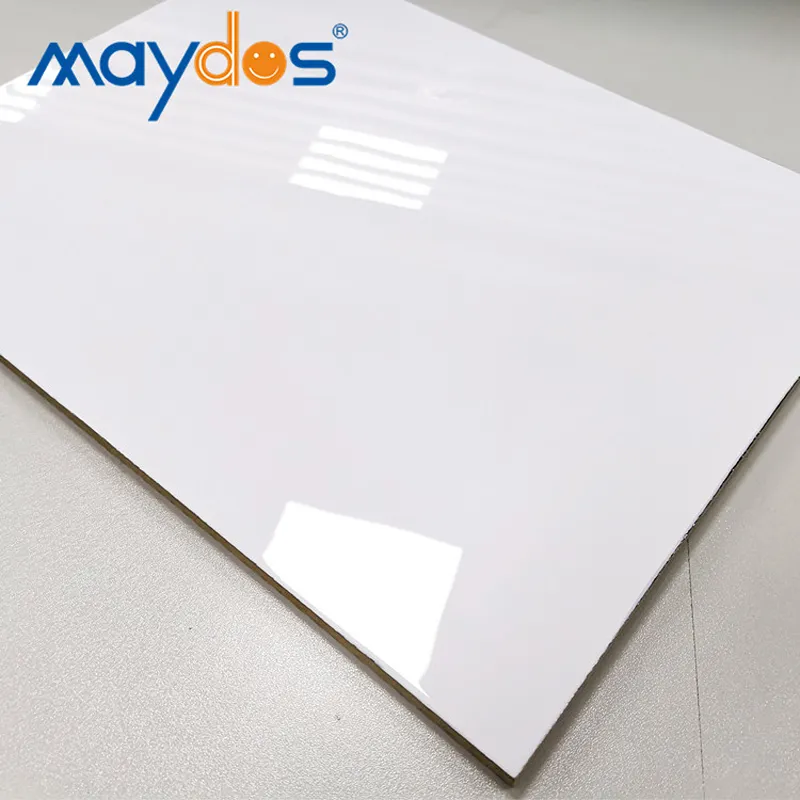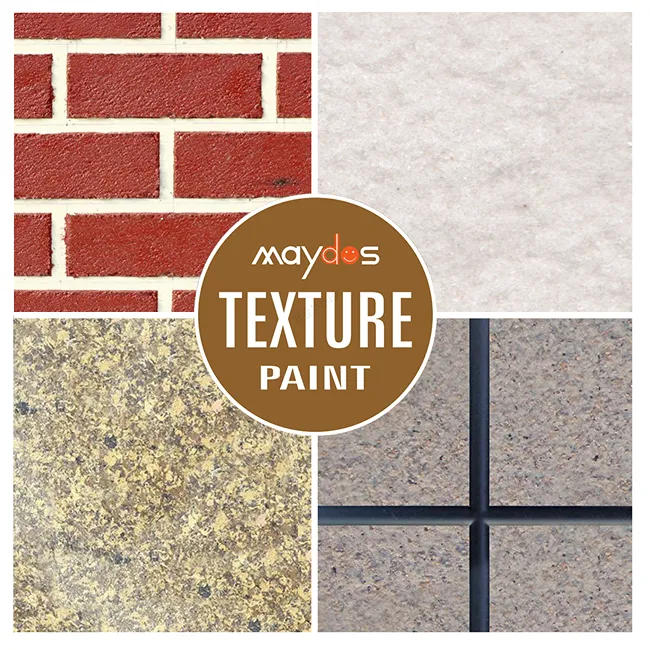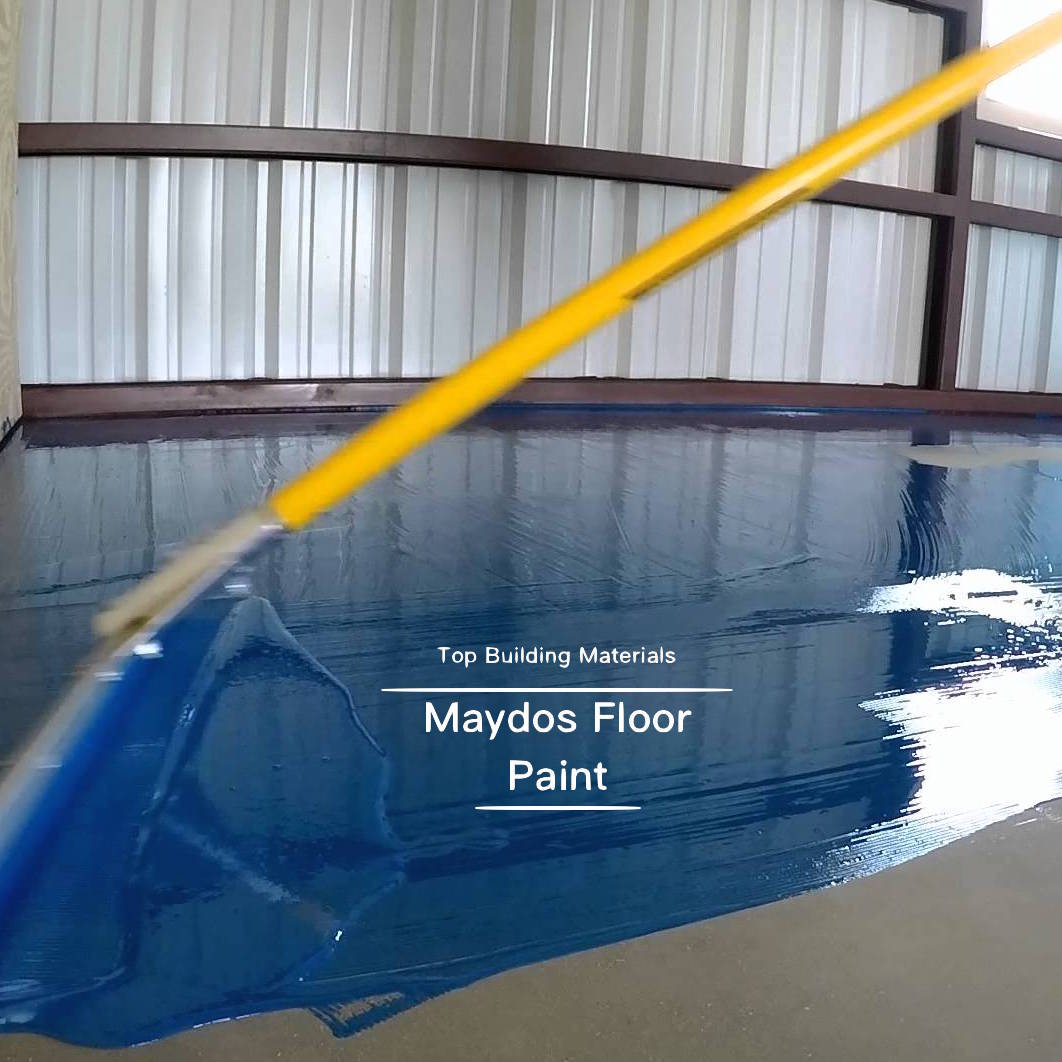Paints Factory
The paints Factory is a place where paints are produced. The paints are usually used to coat the surface of various things. Before the paint is applied to the surface, it needs to be prepared properly. There are different procedures that are followed to make sure that the surface is well-prepared for painting. Besides this, there are certain quality control measures that are used by the manufacturers of paints.
Surface preparations before painting
Surface preparation is a critical step in any painting job. It will ensure that the coating will adhere properly and last. Proper surface preparation will also reduce maintenance issues.
There are a variety of different processes used to prep surfaces for paint applications. These can be done chemically or mechanically. They vary in effectiveness and cost.
The best way to go about this is to hire a professional who is experienced in surface preparation. The process will take into account the type of surface, the materials being painted, and the application techniques.
For example, if the surface is metal, it might be necessary to remove all old coatings before starting the process. This is because old coatings can contain contaminants that will hinder the adhesion of the new coat.
Surface preparation can also include chemical cleaning. This can be done by applying an acidic solution that dissolves the material. Some materials are more sensitive than others. While this method can be useful, it can be a health hazard if it is used on a human-inhabited area.
A more efficient method of surface preparation is to use water spraying. Water is sprayed through a rotating sprayer or mist jets. Water is generally more effective when used on a less abrasive surface.
Another technique is to use a wire brush. Wire brushing can be helpful for larger parts that are hard to reach or for parts that are expensive. Typically, the wire is made of steel. It is a good way to remove flaws and mill scale.
In addition, many paints are available in aerosol form. Using this method will result in a more attractive finished paint film. However, it’s important to note that the air pressure should be low. If it is high, the spray will not create a profile for the adhesive layer.
Whether the surface is steel, plastic, or any other material, surface preparation is necessary before coating is applied. The most important part of this process is to ensure that the surface is free of oil, dirt, and other contaminants.
Testing to measure functional qualities
In the paint and coatings industry, the flow properties of the final formulation are highly important. They are not only the key to an optimal paint film, but also to the overall quality of the paint.
Various tests are conducted on the paint to assess its performance. These include spectral analysis, the test of adherence and dispersion, and scrubbingability. However, many of these tests are not available to end users. The good news is that they can be replicated in a simulated manufacturing environment.
Using an artificial climate can simulate various cycles of temperature, humidity, and condensation, so that a more realistic testing procedure can be performed. This results in a more accurate assessment of the functional qualities of a paint. It can also be used to gauge the relative merits of different types of paints, and how they can be improved.
Although the most common method of testing paints is to apply them to a surface, the process is rendered vulnerable to local conditions. For example, it is not possible to simulate the effects of extreme temperature and humidity in the field.
To test the most impressive functions of a paint, the most effective method is to measure its properties using a range of technologies. While the most useful of these is probably bending, there are more efficient ways of testing the flexibility of a dry film.
Testing to measure the functional qualities of paints is an important part of the production cycle. However, the actual tests are rarely undertaken by the practitioners of the art. Similarly, the applications and curing processes of paints are rarely quantified. This makes it difficult to predict how long a coating will last in a global market.
Choosing the right industrial paint is crucial for ensuring that the finish of a part is both attractive and durable. Moreover, it can help in increasing the value of a part. Some of the most important characteristics of a paint are its weather resistance and colour. A good paint can sit for six months before it starts to fade.
Quality control measures used by paint manufacturers
The paints and coatings industry uses a wide range of quality control measures. They must meet strict specifications before being sold to the public. A thorough analysis of the materials can help ensure they’re of good quality.
Quality control measures for the paints and coatings industry vary from simple flow cups to highly specialized computerized systems. They’re designed to test the properties that are needed in the paints and coatings.
Typical tests are conducted to evaluate the appearance, thickness and adhesion of the finished product. These methods include destructive and mechanical testing.
In addition to the physical tests, analysts can also determine how a material responds to chemical substances. This information can be used to make color adjustments and compare the color of a previous test to the final product.
Paint manufacturers can replace solvents with pigments or other solids in the formula, giving the paint specific performance characteristics. Additives can also be used to ease application and improve hardness.
During the development stage, a paint or coating is tested for resistance to corrosion and abrasion. If it passes these tests, it’s ready to go. Its thickness and appearance are checked for voids, bleed resistance and color uniformity.
The paint and coatings industry has many different end markets. For example, automotive manufacturers need to know the correct viscosity of the paint to apply it evenly. Manufacturers can also replace solvents with fillers or pigments to reduce the amount of solvent needed.
To avoid a costly paint quality issue, you should be aware of the quality control measures the paints and coatings industry employs. Having a plan in place can ensure systematic inspections. Having the right equipment can avoid catastrophic failures.
Physico-mechanical methods are the most common to test the quality of the paints and coatings. These tests are performed to determine the density, adhesion, elasticity and bleed resistance of the finished product.
The coatings and paints industry is responsible for 1.8 percent of 2.3 million metric tons of volatile organic compounds (VOCs) annually. Its emissions are controlled by California Rule 66.
Regulations on volatile organic compounds affect the paint industry
The paint industry in China is undergoing major changes as a result of new regulations on volatile organic compounds (VOCs). VOCs are chemicals that help the paint and coatings flow and are released by various industrial processes. They can have negative impacts on human health, as well as the environment.
New regulations have affected different areas of the paint industry, including decorative paints, floor coatings, wood coatings and architectural paints. In addition, VOCs have been identified as a contributing factor to ground-level ozone.
In the past few years, stricter standards have been imposed on the paint industry’s VOC emissions. These regulations affect the entire coatings supply chain in China. While some sectors of the industry are not affected by the first set of rules, many others have had to change their manufacturing processes to avoid being found in violation of the regulation.
One of the largest sources of VOCs in the country is the use of solvents. This can result in higher levels of risk for workers, particularly those who work in a printing workshop or a wood furniture coating workshop.
A recently published study evaluated the health impacts of VOC exposure for both cancer and non-cancer risks. The research showed that the most toxic VOCs are aromatic hydrocarbons.
VOCs can also be found in a variety of consumer products. Several types of decorative paints, as well as printer inks, contain high amounts of VOCs. Choosing a low-VOC decorative paint will help reduce the amount of these pollutants in your home.
The US Environmental Protection Agency has also implemented a number of VOC-related standards. For instance, the National Volatile Organic Compound Emission Standards for Architectural and Industrial Maintenance Coatings (AIM) enacted regulations to limit the amounts of VOCs emitted by AIM coatings.
In addition, the US EPA has established VOC-related fines for violators. Fines can range from a few thousand dollars to several hundred thousand dollars. Larger facilities can face fines as high as $25,000 or more.
VOCs are also regulated by the European Union. Directive 2004/42/EC, the “Paints Directive,” sets limits on the total contents of VOCs in varnishes and paints. Suppliers are also required to label the legal limit values for VOCs.




















